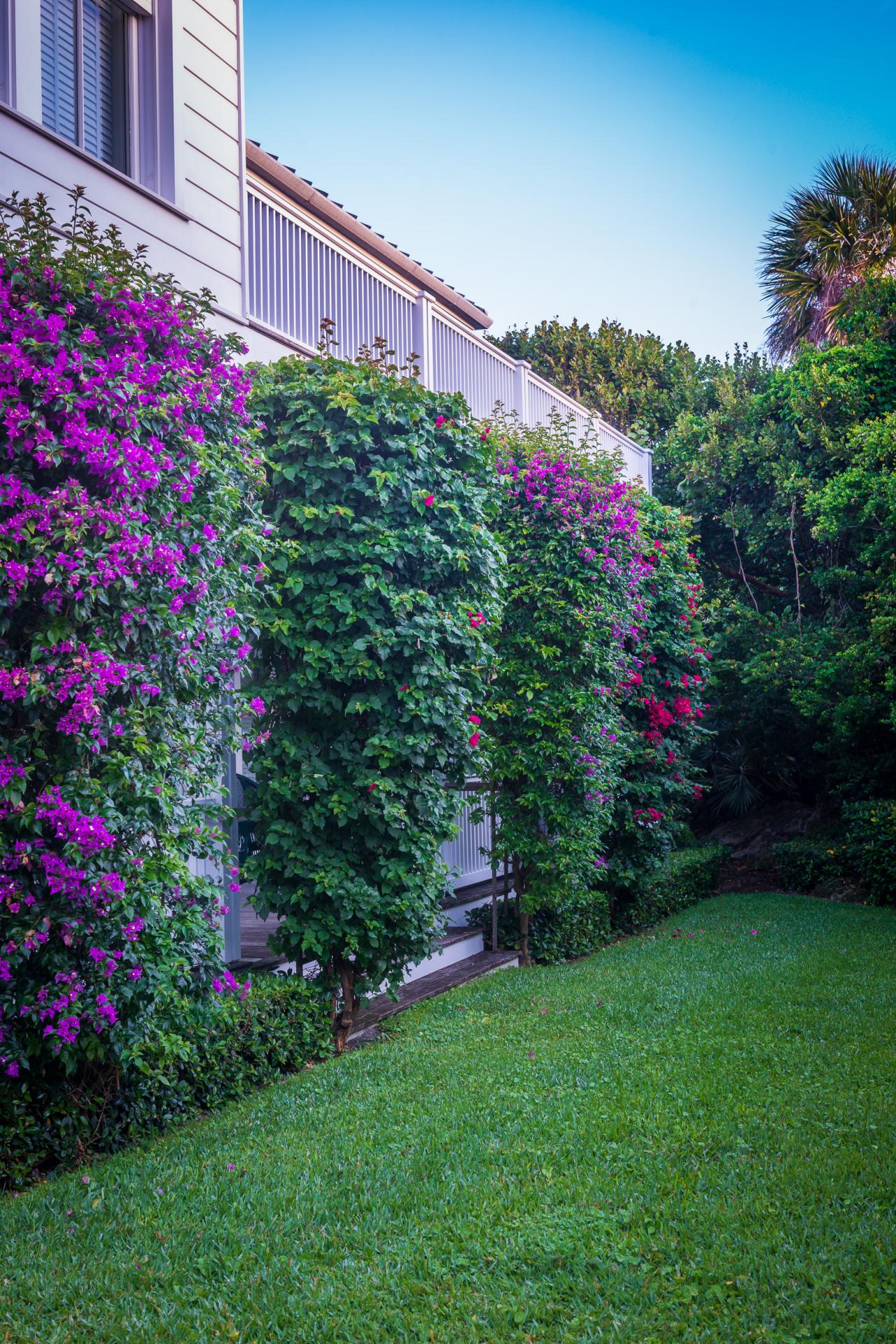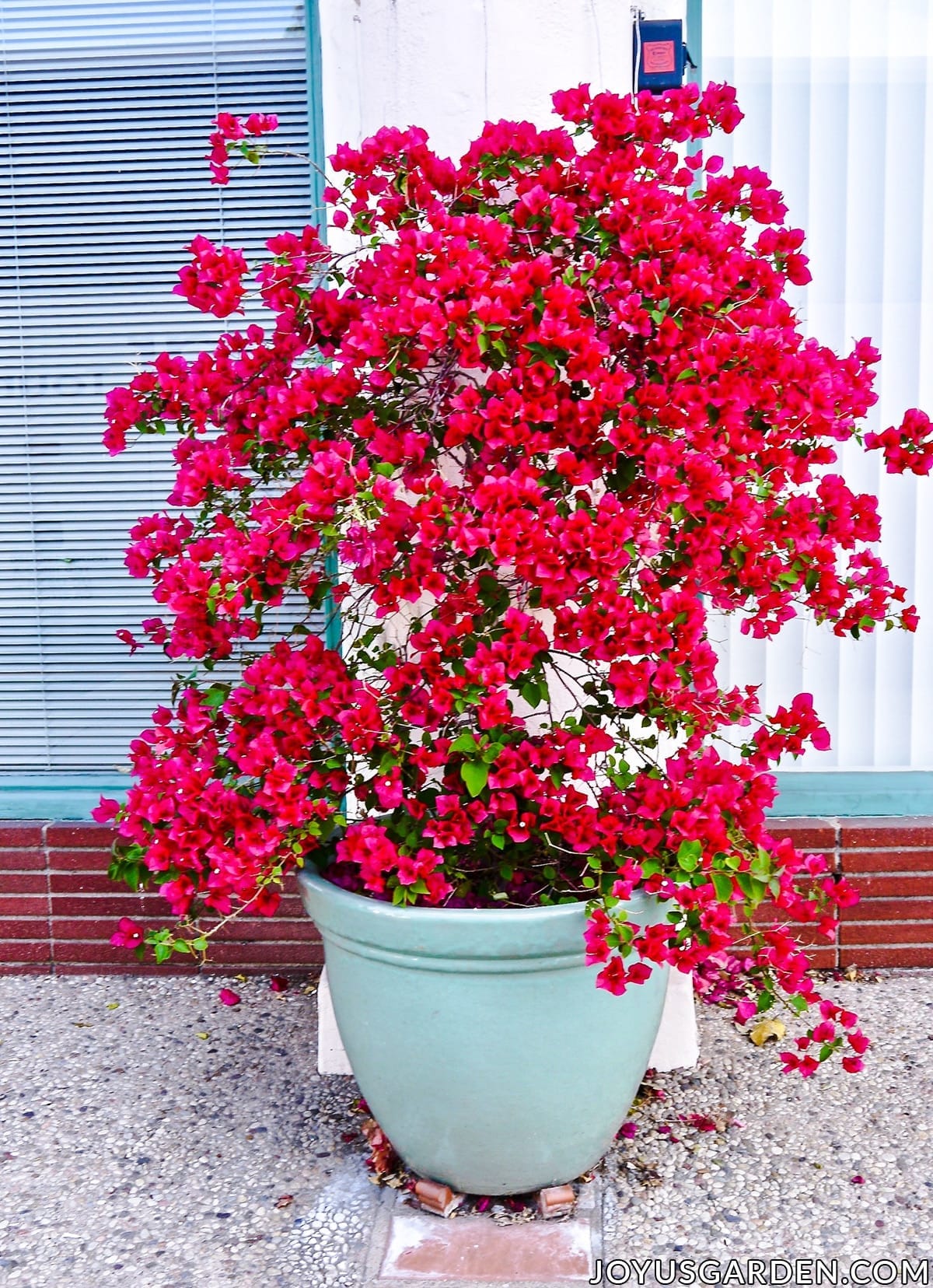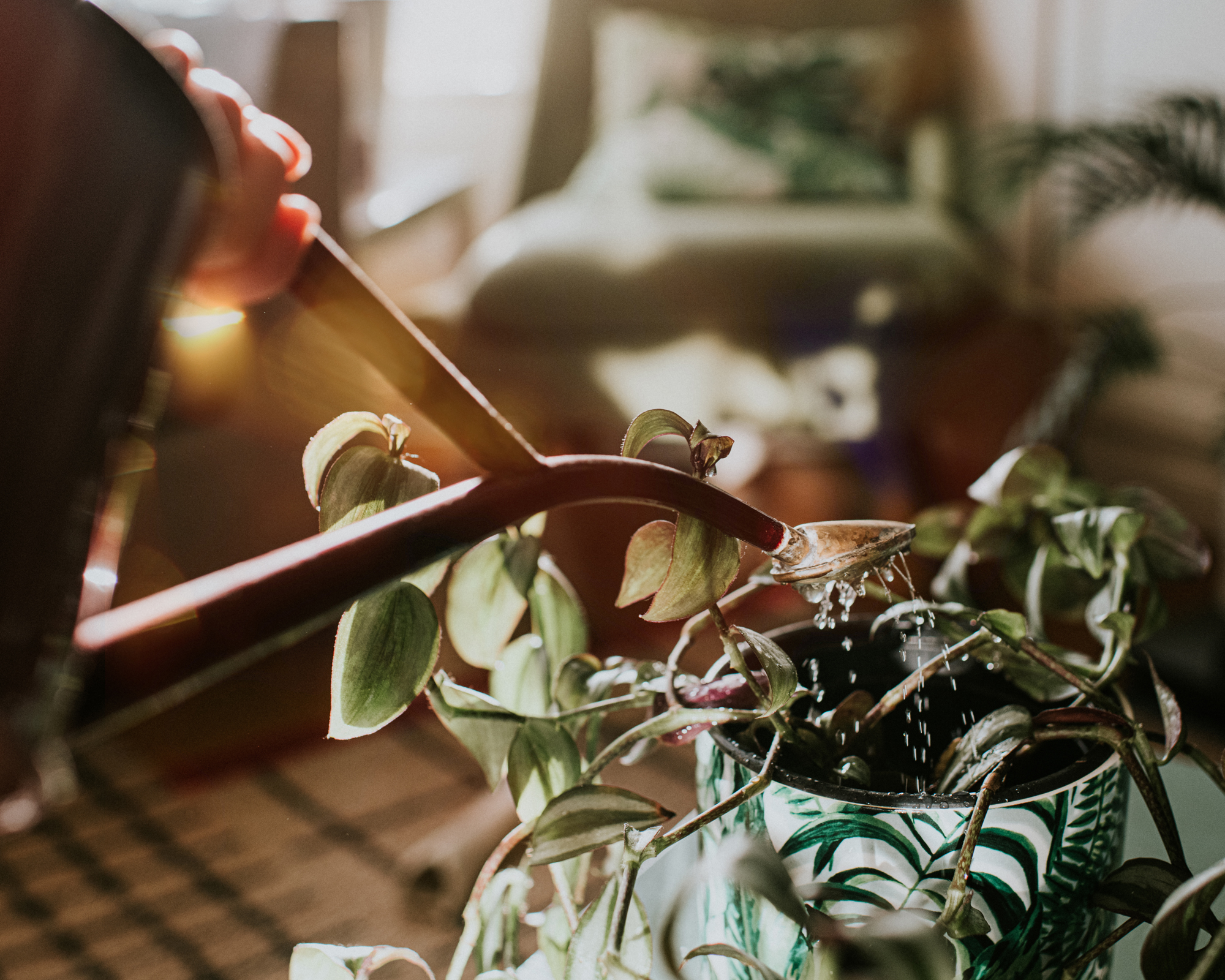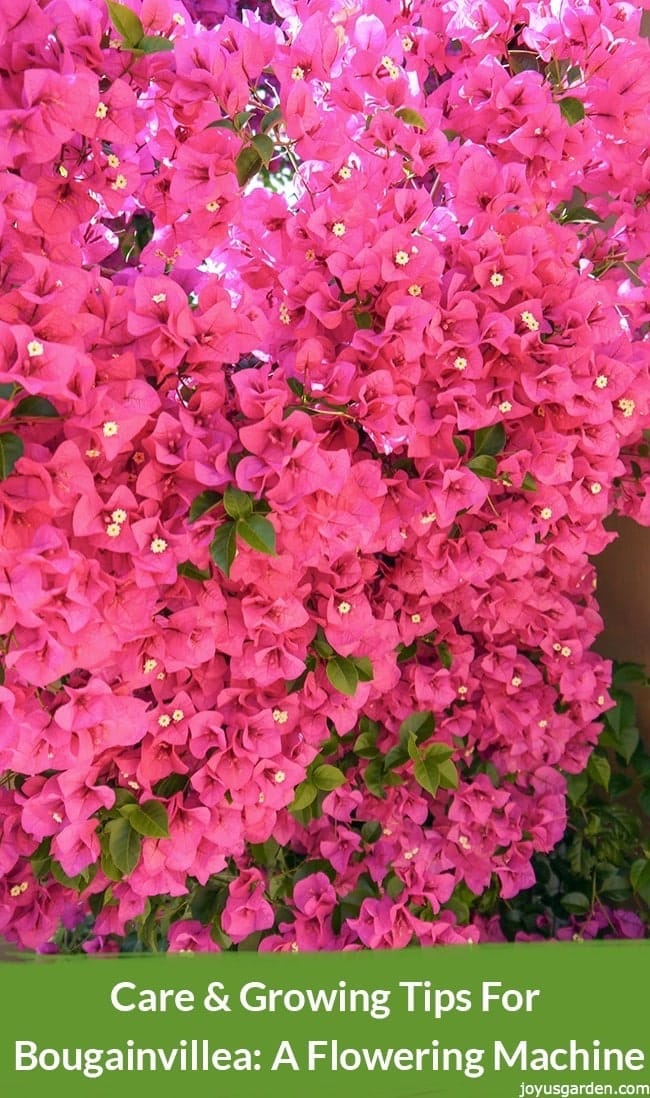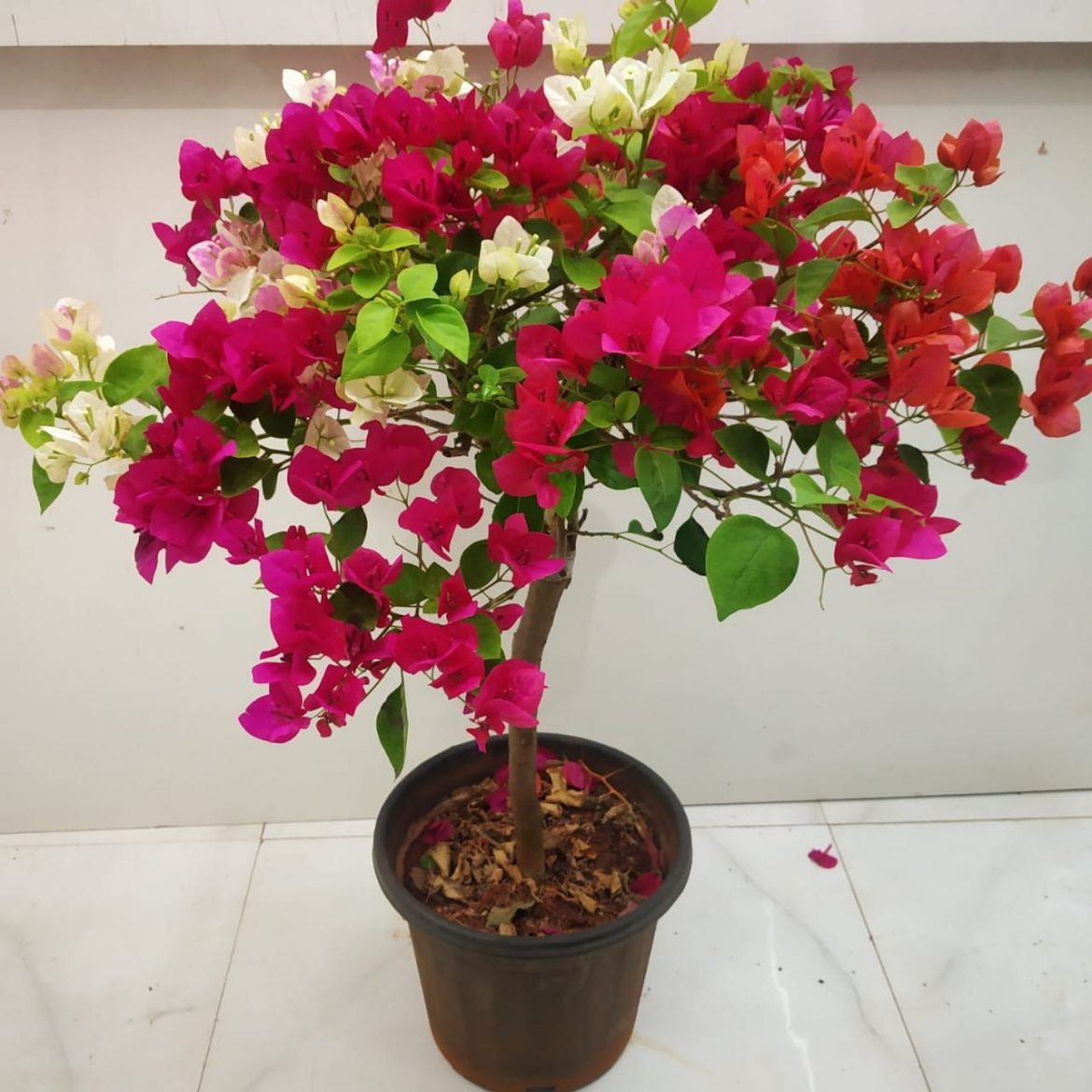Nurturing Vibrant Bougainvillea: A Comprehensive Care Guide
Unlocking the Secrets of Bougainvillea Success
Bougainvillea plants have long been a popular choice for gardeners and plant enthusiasts alike, thanks to their vibrant colors, versatility, and relatively low maintenance requirements. However, to truly thrive, bougainvillea plants require proper care and attention. Learning how to take care of bougainvillea plant is crucial to unlocking their full potential and enjoying their stunning beauty. By understanding the specific needs of these plants, you can create an ideal environment that fosters healthy growth, abundant blooming, and a long lifespan. In this comprehensive guide, we will delve into the essential aspects of bougainvillea care, providing you with the knowledge and expertise needed to nurture these stunning plants.
How to Provide Optimal Lighting Conditions
Bougainvillea plants require a delicate balance of light and shade to thrive. Providing optimal lighting conditions is crucial for promoting healthy growth, vibrant colors, and abundant blooming. Ideally, bougainvillea plants need at least 6 hours of direct sunlight per day, but they can also benefit from indirect light and shade, especially in warmer climates. During the summer months, it’s essential to provide some shade to prevent scorching, while in the winter, more direct sunlight can be tolerated. To adjust lighting conditions based on the season, consider using sheer curtains or shading materials to filter the sun’s intense rays. By understanding the specific lighting needs of bougainvillea plants, you can create an ideal environment that fosters their growth and beauty. Remember, learning how to take care of bougainvillea plant involves attention to detail, and lighting is a critical aspect of their care.
Watering Wisdom: Avoiding Overwatering and Underwatering
Proper watering techniques are essential for the health and vitality of bougainvillea plants. Overwatering can lead to root rot, while underwatering can cause stress and reduce blooming. To avoid these common mistakes, it’s crucial to understand how to check soil moisture, determine the right water frequency, and recognize the signs of overwatering and underwatering. Start by checking the soil moisture by inserting your finger into the soil up to the first knuckle. If the soil feels dry, it’s time to water. Water your bougainvillea plant when the top 1-2 inches of soil feel dry, and avoid getting water on the leaves or flowers to prevent fungal diseases. Watering once a week is a good rule of thumb, but this may vary depending on the climate, soil type, and pot size. By mastering the art of watering, you’ll be well on your way to learning how to take care of bougainvillea plant and enjoying its vibrant beauty.
Fertilizing for Fabulous Flowers and Foliage
Fertilizing is a crucial aspect of bougainvillea care, as it provides essential nutrients for healthy growth, vibrant colors, and abundant blooming. To promote fabulous flowers and foliage, it’s essential to understand the role of fertilizers in bougainvillea care. A balanced fertilizer with a ratio of 10-10-10 (nitrogen-phosphorus-potassium) is ideal for bougainvillea plants. Apply fertilizer every 2-3 weeks during the growing season (spring and summer) and once a month during the dormant season (fall and winter). Additionally, consider using a fertilizer specifically formulated for flowering plants, as it will provide extra phosphorus to promote blooming. When fertilizing, be sure to follow the instructions on the label and avoid overfertilizing, which can damage the plant. By incorporating a regular fertilizing routine into your bougainvillea care, you’ll be well on your way to learning how to take care of bougainvillea plant and enjoying its stunning beauty.
Pruning for Shape, Size, and Encouraging New Growth
Pruning is a crucial aspect of bougainvillea care, as it helps maintain the plant’s shape and size, promotes healthy growth, and encourages new blooms. To prune your bougainvillea plant effectively, start by removing any dead or damaged branches, as these can harbor diseases and pests. Next, cut back long stems to encourage bushy growth and promote new blooms. When pruning for shape, consider the natural growth habit of the plant and prune accordingly. For example, if you want a more compact plant, prune the stems closer to the base. If you want a taller plant, prune the stems higher up. The best times to prune bougainvillea plants are during the dormant season (fall and winter) and after the plant has finished blooming. By incorporating regular pruning into your bougainvillea care routine, you’ll be able to maintain a healthy, thriving plant that produces vibrant blooms. Remember, learning how to take care of bougainvillea plant requires attention to detail and regular maintenance, but the rewards are well worth the effort.
Soil Selection and Preparation for Bougainvillea Success
Soil quality and preparation play a critical role in the health and success of bougainvillea plants. Bougainvillea plants thrive in well-draining soil with a slightly acidic to neutral pH, ranging from 6.0 to 7.0. When selecting a potting mix, look for one that contains a blend of peat moss, perlite, and vermiculite, as these ingredients will help retain moisture, improve drainage, and provide essential nutrients. Before planting, prepare the soil by mixing in a balanced fertilizer and adding organic matter such as compost or manure. This will help provide a nutrient-rich environment that will support healthy growth and blooming. Additionally, consider using a soil with good aeration, as bougainvillea plants are prone to root rot if the soil is too dense. By selecting and preparing the right soil, you’ll be well on your way to learning how to take care of bougainvillea plant and enjoying its vibrant colors and blooms. Remember, a well-prepared soil is essential for a thriving bougainvillea plant, so take the time to get it right.
Pest and Disease Management: Common Issues and Solutions
Bougainvillea plants are susceptible to various pests and diseases that can hinder their growth and beauty. Common pests that affect bougainvillea plants include mealybugs, spider mites, and aphids, which can cause damage to the leaves and stems. To prevent infestations, inspect your plants regularly and treat any infestations promptly. Organic treatment options include neem oil and insecticidal soap, while chemical treatments such as pyrethrin and permethrin can also be effective. When it comes to diseases, bougainvillea plants are prone to root rot, leaf spot, and powdery mildew. These diseases can be caused by overwatering, poor air circulation, and high humidity. To prevent diseases, ensure good air circulation, avoid overwatering, and remove any infected leaves or stems. By being aware of these common pests and diseases and taking proactive steps to prevent them, you’ll be well on your way to learning how to take care of bougainvillea plant and enjoying its vibrant colors and blooms. Remember, a healthy bougainvillea plant is less susceptible to pests and diseases, so focus on providing optimal growing conditions and regular maintenance to keep your plant thriving.
Additional Tips for Bougainvillea Care and Maintenance
In addition to providing optimal lighting, watering, fertilizing, pruning, and soil conditions, there are several other tips and tricks to help you master how to take care of bougainvillea plant. One important aspect of bougainvillea care is propagation. Bougainvillea plants can be easily propagated through stem cuttings, which can be taken in the summer or fall. Simply cut a 4-6 inch stem section, remove lower leaves, and plant it in a well-draining potting mix. Keep the soil moist and warm until roots develop. Another important consideration is frost and freezing temperatures. Bougainvillea plants are sensitive to frost, so if you live in an area with cold winters, bring your plant indoors or protect it with a frost blanket. When troubleshooting common problems, check for signs of pests, diseases, or nutrient deficiencies. Adjust your care routine accordingly, and don’t hesitate to seek advice from a gardening expert if needed. By following these additional tips and incorporating them into your bougainvillea care routine, you’ll be well on your way to growing a thriving and vibrant bougainvillea plant. Remember, learning how to take care of bougainvillea plant requires patience, attention to detail, and a willingness to adapt to changing conditions. With time and practice, you’ll become a bougainvillea expert and enjoy the many rewards of growing these beautiful plants.


